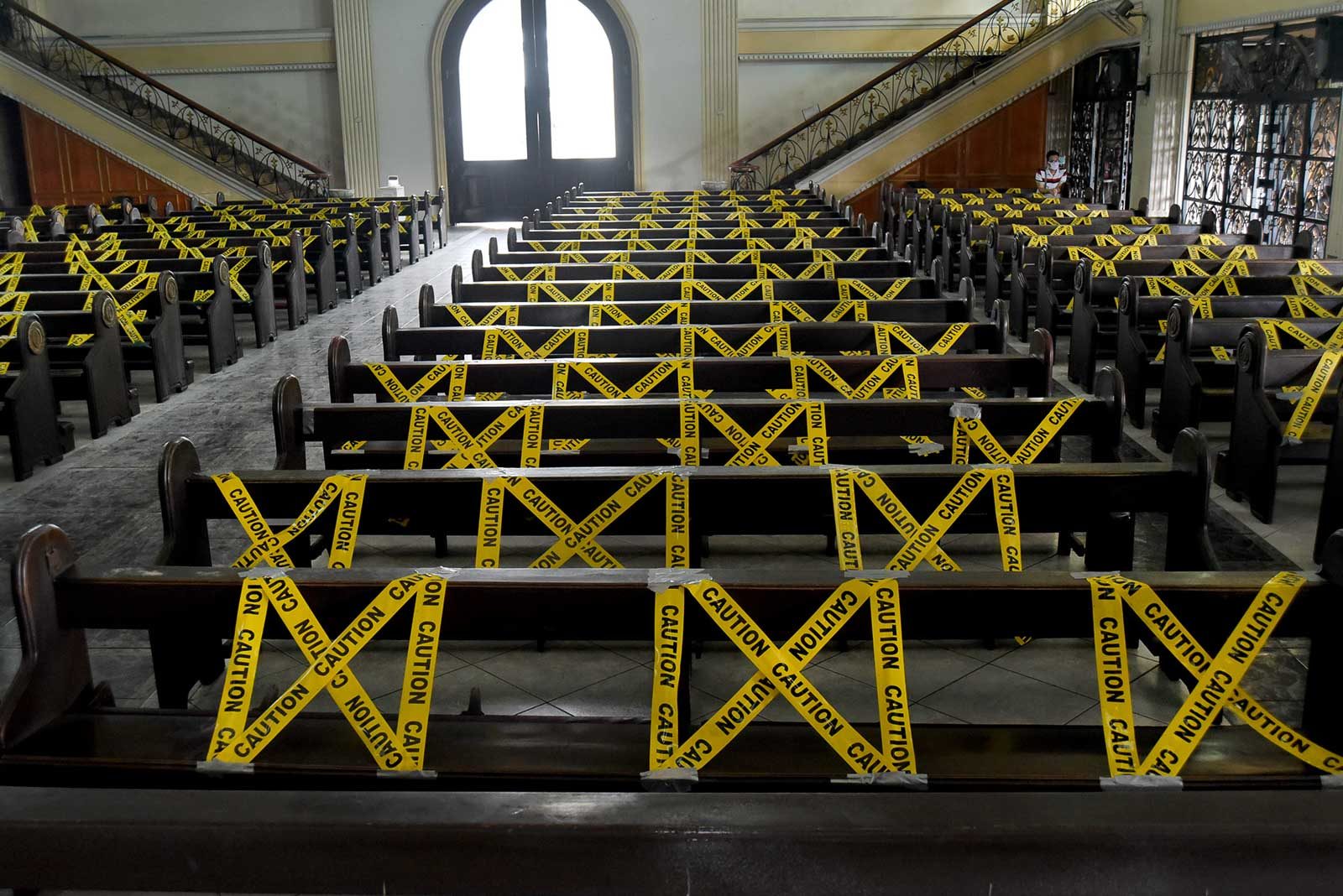SUMMARY
This is AI generated summarization, which may have errors. For context, always refer to the full article.

GENEVA, Switzerland – The WHO pointed Tuesday, July 7, to “emerging evidence” that the coronavirus might spread by air further than previously thought, and warned the pandemic was still accelerating.
The World Health Organization said it would put out a new scientific brief within days, after an international group of scientists concluded the virus could travel far beyond two meters (yards).
The two-meter physical distancing guideline has been a major element in the fight against COVID-19, which has killed more than 538,000 people and infected over 11.6 million since it emerged in China last December.
Meanwhile, WHO director-general Tedros Adhanom Ghebreyesus said the pandemic was showing no signs of slowing down, after 400,000 new cases were reported over the weekend. (READ: Ignoring outrage, Trump makes good on WHO pullout)
It took 12 weeks for the world to reach the first 400,000 COVID-19 cases.
“The outbreak is accelerating and we’ve clearly not reached the peak of the pandemic,” Tedros said.
“While the number of deaths appears to have leveled off globally, in reality some countries have made significant progress in reducing the number of deaths, while in other countries deaths are still on the rise.”
The virus has “taken the world hostage,” he concluded.
On Monday, a group of 239 international scientists said exhaled droplets under 5 micrometers in size that contain the virus can become suspended in the air for several hours and travel up to tens of meters.
Benedetta Allegranzi, the WHO’s technical lead on infection control, told a virtual press conference: “We acknowledge that there is emerging evidence in this field.
“We believe that we have to be open to this evidence and understand its implications regarding the modes of transmission and also regarding the precautions that need to be taken,” she said.
Maria Van Kerkhove, the WHO’s COVID-19 technical lead, said the UN health agency was producing a scientific notice consolidating growing knowledge around transmission.
“We will be issuing our brief in the coming days, and that will outline everything that we have in this area,” she said.
Bolsonaro tests positive
Brazil’s President Jair Bolsonaro – who repeatedly flouted virus containment measures and minimised the risk – said Tuesday he had tested positive for COVID-19.
The WHO sent him their best wishes for a speedy and full recovery.
“It brings home for us all the reality of this virus: no-one is special,” said the WHO’s emergencies director Michael Ryan.
“Whether we’re prince or pauper, we’re equally vulnerable.”
Meanwhile, the WHO is sending an animal health expert and an epidemiologist to China this weekend to lay the groundwork for an investigation into the animal origins of the new coronavirus.
Tedros said they would develop the scope and terms of reference for a WHO-led international mission, that would pick up from the work already undertaken in China.
Ryan said finding the source of any disease outbreak was always “quite a detective story.” – Rappler.com
Add a comment
How does this make you feel?
There are no comments yet. Add your comment to start the conversation.